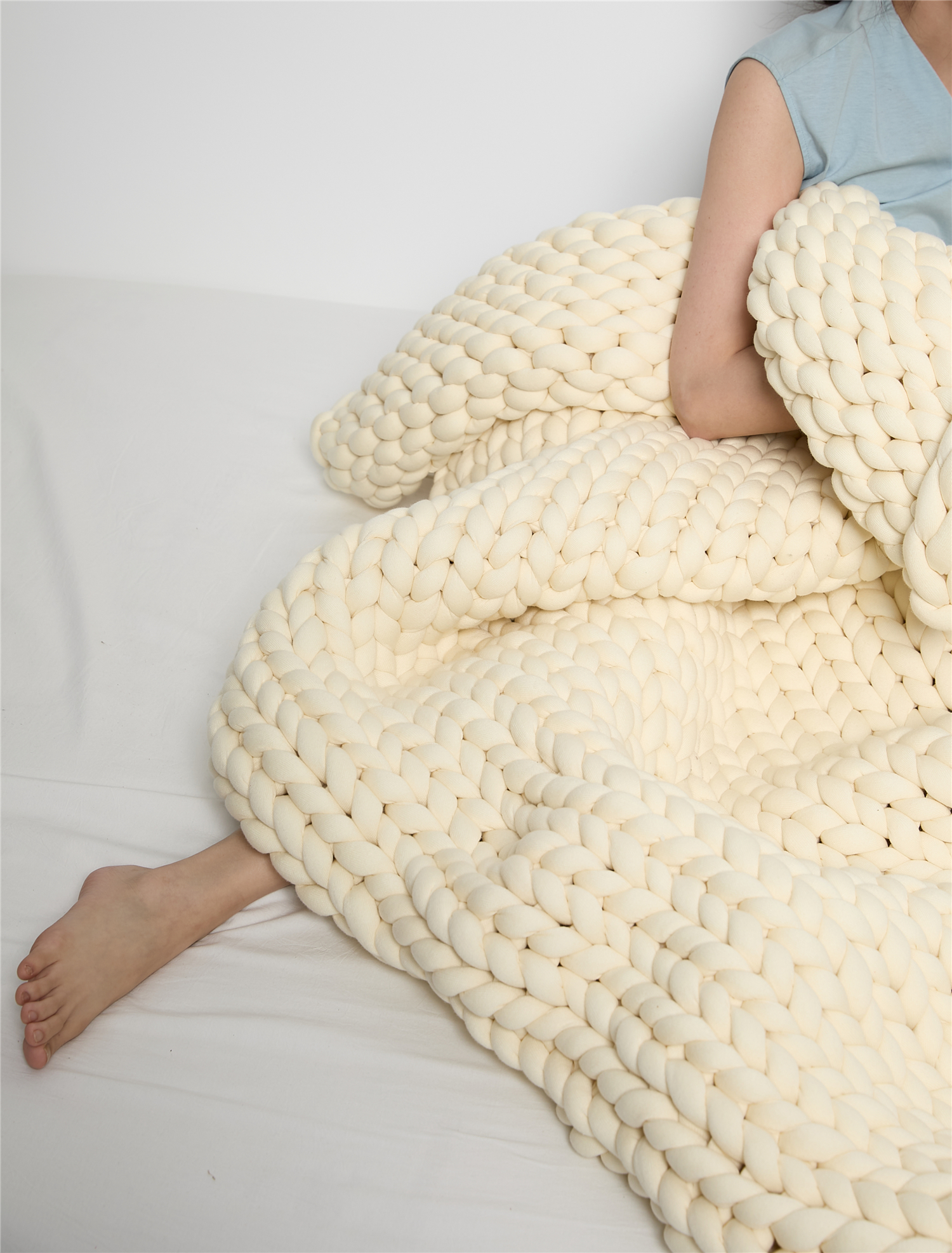Inleiding:
Gewee blankets is meer as net kusige dekbedde; hulle verteenwoordig 'n tydlose tradisie van ambag en verskaf 'n bron van troost en warmte. Van hul historiese oorsprong tot hul moderne populariteit, is die kunst van blanketweeing die toets van tyd deurgesteek. Hierdie artikel duik in die wêreld van gewee blankets, deur hul historiese betekenis te ondersoek, die intrikate weef tegnieke wat gebruik word, en die materiaalle wat gebruik word om hierdie troostende meesterskappe te skep.

Historiese Betekenis:
Die praktyk van blanketweeing dateer terug eeue, met bewyse van gewee teksteile wat in antieke Egiptiese grawe gevind is. Gewee blankets was nie slegs prakties nie, maar het ook as statussimbole gedien, deur die vaardighede en rykdom van die individue wat hulle besit uit te wys. Met tyd het weetegnieke ontwikkel, en verskillende kulture het hul eie unieke stylle en patrone ontwikkel, wat die kunst van gewee blankets nóg verrik.

Ambag en Tegnieke:
Gewee blankete word vervaardig met verskeie tegnieke, soos die tradisionele kussingsweef of die meer intrikate katrolweef. Elke tegniek vereis vaardige hantering van garen en naaispykers om unieke patrone en teksteure te skep. Die hantwerkskundigheid wat in die weef van blankete betrokke is, is 'n arbeidsoorvloedige proses wat geduld, presisie en aandag aan detail vereis. Die eindresultaat is 'n pragtig gehanteerde dek wat nie net warmte verskaf nie, maar ook as 'n kunswerk dien.

Materiale en Ontwerpe:
Gewee blankete kan met 'n wye verskeidenheid materiale gemaak word, insluitend wol, katoen en acrylic. Elke materiaal bied verskillende voordele, soos wol se natuurlike isolasie-eienskappe of die sagtheid van katoen. Hierdie blankete kom in 'n verskeidenheid ontwerpe, van eenvoudige strepe tot uiters intrikate patrone wat geïnspireer is deur die natuur of kulturele tradisies. Die veelsydigheid van gewee blankete maak dit moontlik vir persoonlike aanpassing om individuele voorkeure en interieurversieringsstylle te voldoen.

Fisieke en Emosionele Welstand:
Die aantreklikheid van gebreide dekke strek verder as hul fisieke warmte. Gevou in 'n gebreide dek kan iemand 'n gevoel van veiligheid, gemak en ontspanning ervaar. Die herhalende beweging van brei self is gevind om terapeutiese voordele te hê, wat bewuswees bevorder en stres verminder. Verder kan die takelagtige sensasie van die sagte draad teen die vel gevoelens van behaaglikheid en vrede opwek, wat troos bied tydens uitdagingsvolle tye.

Gevolgtrekking:
Gebreide dekke simboliseer meer as net warmte; hulle verteenwoordig 'n tydlose tradisie van ambag en verskaf 'n bron van gemak en emosionele welstand. Van hul historiese betekenis tot hul moderne populariteit bly die kunst van brei dekke betover en inspireer. Of dit nou 'n familieerfenis of 'n hedendaagse skepping is, gebreide dekke bied 'n aanraking van warmte, gemak en kunskap aan enige ruimte.
